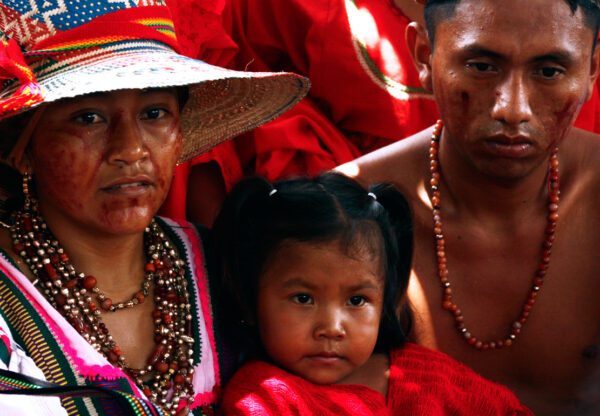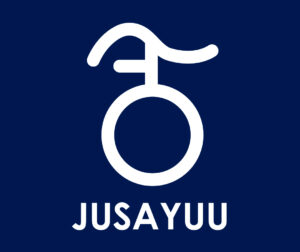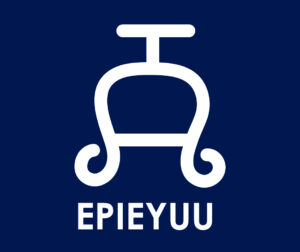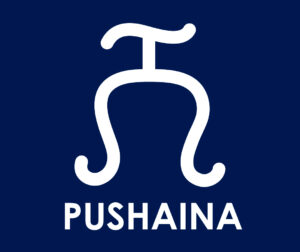Wayuu clans have a story to tell
The Wayuu people are governed by a matrilineal bond. Each clan or caste divides the Wayuu people, and they possess their own territory and totemic animal.
Approximately 30 clans are estimated to exist, with notable ones including Epieyuu, Uriana, and Ipuana. Püshaina, Uraliyuu, Jusayuu; Sapuana, Epinayuu, among others. In the past, there were more castes, but their population has decreased due to interclan wars and diseases.
The elders tell the legend that Maleiwa (God) created the Wayuu people, divided them into clans, and made iron marks for each clan. Maleiwa indicated how their social organization should be, with the woman as the pillar of the Wayuu society. The members of each clan share a common ancestor. Rancherías are the territories where each clan resides, and within them, one can find their cemeteries, corrals, crops, and mud houses.

The entire clan shares responsibilities as Wayuu clans are based on respect. The Wayuu woman has knowledge of her origins from childhood and she must pass it on to her descendants. The parents come from different castes; that’s why maternal uncles serve as representatives for their nephews and nieces, and in many cases, they become the heirs of their maternal uncle’s belongings.
Family holds great importance for the Wayuu people. Each clan has a representative and leader called the maternal uncle. The clans are represented by a Kanas, which symbolizes the animal and surname of the Wayuu. Each clan has its a’lania, which houses the ancestors of the Wayuu, but only those who have a blood connection, specifically those who follow the matrilineal line.
Animals and symbols representing each clan.
But some clans have two symbols. Some of these are:
Epieyuu, represented by the cataneja.
Uriana, represented by the tiger.
Jusayuu, represented by the sabanera snake.
Ipuana, represented by the caricari.
Epinayuu, represented by the donkey.
Sapuana, represented by the alcaraván bird.
Pushaina, represented by the ant.
Wouliyuu, represented by the partridge. These are just a few of the many castes in Wayuu culture.








In the Wayuu community, women play a central role in forming families, adhering to a matrilineal structure. This family system is characterized by maintaining close ties of both kinship and consanguinity. It actively involves maternal grandparents, the mother, maternal uncles, and maternal nephews, thereby strengthening family bonds within this community.
